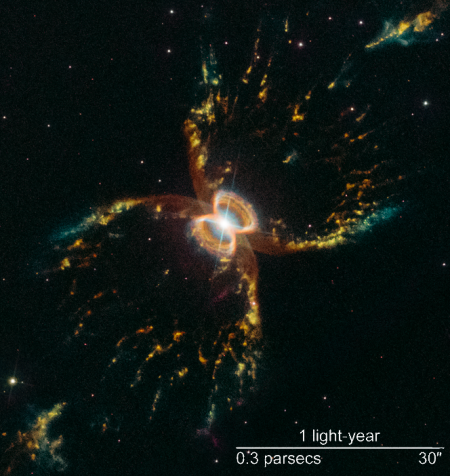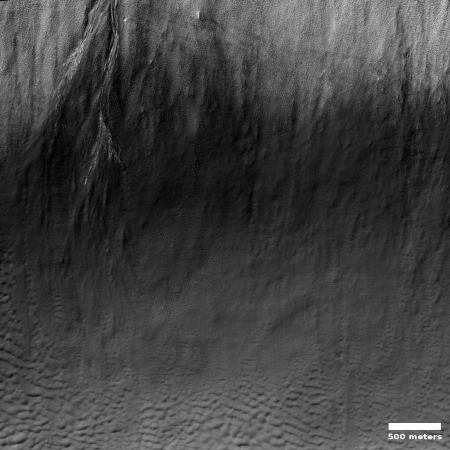ESA agrees to subsidize Ariane 6 should it fail to sell
The European Space Agency (ESA) has signed an agreement with ArianeGroup, the private company building its next generation rocket Ariane 6, to provide subsidizes to the company should the rocket’s inability to get launch contracts continue.
The problem is that ESA had promised ArianeGroup seven launch contracts from its various governments during the rocket’s development, but only three so far have been signed. Ariane 6, though less expensive than Ariane 5, still costs too much (it is not going to be usable), and it appears that too many member nations in ESA don’t want to pay the extra bucks when they can get the same service cheaper from SpaceX.
This lack of contracts has caused ArianeGroup to slow development.
The new agreement gives the company a financial guarantee should the additional four launch contracts not materialize.
“If seven launch service contracts are not signed by the ministerial at the end of November, then the ESA DG [Director General Jan Woerner] will propose for decision to member states to complement the revenues needed for the first Ariane 64,” said [Daniel Neuenschwander, ESA’s director of space transportation].
In other words, Ariane 6 is going to turn out just like Ariane 5, an expensive rocket that never makes a profit. Moreover, if ESA requires its members to use its cost will handicap Europe’s future space efforts.
This isn’t a surprise. I predicted this likelihood back in September 2017 when ArianeGroup first announced the prices it planned to charge for Ariane 6 launches. Those prices, for launches in the 2020s, were higher than what SpaceX charges now, and were certainly going to be more uncompetitive in the future.
It seems that Europe’s aerospace industry, both in and out of government, can’t seem to understand these basics of the free market. You have to be competitive, and if you are not, the worst way to fix the problem is pour more money into an uncompetitive product. From the get-go they designed Ariane 6 as if it was 1990, when the industry said reusable rockets were impossible. The result is a rocket no one wants to buy, because everyone knows that by the mid-2020s they will have many inexpensive reusable rockets to choose from. Why buy an overpriced dinosaur?
So, instead of pouring subsidies into Ariane 6, as designed, ESA should be demanding for its money new designs from ArianeGroup that make the rocket cheaper to launch.
Europe does not appear to be doing this, however, so expect Europe to be badly crippled in the upcoming 21st century space race.
The European Space Agency (ESA) has signed an agreement with ArianeGroup, the private company building its next generation rocket Ariane 6, to provide subsidizes to the company should the rocket’s inability to get launch contracts continue.
The problem is that ESA had promised ArianeGroup seven launch contracts from its various governments during the rocket’s development, but only three so far have been signed. Ariane 6, though less expensive than Ariane 5, still costs too much (it is not going to be usable), and it appears that too many member nations in ESA don’t want to pay the extra bucks when they can get the same service cheaper from SpaceX.
This lack of contracts has caused ArianeGroup to slow development.
The new agreement gives the company a financial guarantee should the additional four launch contracts not materialize.
“If seven launch service contracts are not signed by the ministerial at the end of November, then the ESA DG [Director General Jan Woerner] will propose for decision to member states to complement the revenues needed for the first Ariane 64,” said [Daniel Neuenschwander, ESA’s director of space transportation].
In other words, Ariane 6 is going to turn out just like Ariane 5, an expensive rocket that never makes a profit. Moreover, if ESA requires its members to use its cost will handicap Europe’s future space efforts.
This isn’t a surprise. I predicted this likelihood back in September 2017 when ArianeGroup first announced the prices it planned to charge for Ariane 6 launches. Those prices, for launches in the 2020s, were higher than what SpaceX charges now, and were certainly going to be more uncompetitive in the future.
It seems that Europe’s aerospace industry, both in and out of government, can’t seem to understand these basics of the free market. You have to be competitive, and if you are not, the worst way to fix the problem is pour more money into an uncompetitive product. From the get-go they designed Ariane 6 as if it was 1990, when the industry said reusable rockets were impossible. The result is a rocket no one wants to buy, because everyone knows that by the mid-2020s they will have many inexpensive reusable rockets to choose from. Why buy an overpriced dinosaur?
So, instead of pouring subsidies into Ariane 6, as designed, ESA should be demanding for its money new designs from ArianeGroup that make the rocket cheaper to launch.
Europe does not appear to be doing this, however, so expect Europe to be badly crippled in the upcoming 21st century space race.


